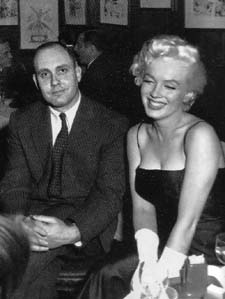From http://www.tcm.com/tcmdb/person/0%7C120665/Pat-De-Cicco/filmography-with-synopsis.html
Night Life of the Gods (1935) as Perseus
A scientist named Hunter Hawk invents a device that can turn flesh to stone. While celebrating his discovery he becomes involved with a half naked leprechaun. On a trip to New York, Hunter and Meg (the leprechaun) decide to go to the Metropolitan Museum of Art and turn all of the Statues of Greek Gods into people. What follows in a drunken romp around New York with Medusa's severed head still in Perseus' hand.
Pat DiCicco in this movie is Perseus. He's the one who carts Medusa's head all over Manhattan with him. What a riot.
We know this movie is funny. The titles at the start of the money tell us so. Sort of like the blurbs they used to have on Thorne Smith's books.
Cellophane was new at the time: this was a topical reference.
That looks like Pat DiCicco at left rear.
Irene Ware, Geneva Mitchell, and Marda Deering. Geneva Mitchell will be familiar to fans of the Three Stooges as the dance instructor from HOI POLLOI.
And here she is from HOI POLLOI.
Here are Thelma Todd and Pat DiCicco from back when they were married.
They were divorced by the time this movie was made, but Pat DiCicco was still around Thelma Todd after that.
As was mentioned in the top middle column of this PHOTOPLAY page from early 1935.
DiCicco was also one of the last people to see Thelma Todd alive, later the same year and at the same place, the Trocadero.
A little about Thorne Smith:
Thorne Smith
From Wikipedia, the free encyclopedia
James Thorne Smith, Jr. (March 27, 1892 – June 21, 1934) was an American writer of humorous supernatural fantasy fiction under the byline Thorne Smith. He is best known today for the two Topper novels, comic fantasy fiction involving sex, much drinking and supernatural transformations. With racy illustrations, these sold millions of copies in the 1930s and were equally popular in paperbacks of the 1950s.
Smith drank as steadily as his characters; his appearance in James Thurber's The Years with Ross involves an unexplained week-long disappearance.[1] Smith was born in Annapolis, Maryland, the son of a Navy commodore and attended Dartmouth College. Following hungry years in Greenwich Village, working part-time as an advertising agent, Smith achieved meteoric success with the publication of Topper in 1926. He was an early resident of Free Acres, a social experimental community developed by Bolton Hall according to the economic principles of Henry George in Berkeley Heights, New Jersey.[2] He died of a heart attack in 1934 while vacationing in Florida.
And a little about NIGHT LIFE OF THE GODS ( likewise from Wikipedia ):
The Night Life of the Gods (1931). Quirky inventor Hunter Hawk strikes gold when he invents a device that will enable him to turn living matter into stone and to reverse the process at will. After a chaotic field test he meets stunning 900-year-old Megaera who teaches him to turn stone into flesh. The two and a bunch of friends set their sights on New York City to bring the Roman gods of the Metropolitan Museum of Art to life. Among other incidents, Mercury shows himself to be an expert pickpocket, while Neptune causes chaos in the fish market.
* * *
Thorne Smith isn't one of my favorite authors. I read this book and several of the others, none of which I thought were any good. I actually prefer the "Toffee" stories by Charles Myers*, although that might be at least partly because it was an ongoing series about one character and I liked the character. Though Thorne Smith's books weren't supposed to be a continuing series about a particular character, he basically seemed to have one story that he told over and over again about a dirty old man and a sexy young girl, usually said to be a ghost, a witch, an elf, or some sort of other supernatural creature, which was supposed to be more interesting and made for a certain amount of variety. These books are supposed to be jolly fun, but somehow often aren't all that happy, as the old guy bemoans his fate and his sentiments are echoed by others. In NIGHT LIFE OF THE GODS, the story ends with the inventor turning himself and his lady love to stone statues, a not too happy ending for what was supposed to be a funny book.
Smith drank as steadily as his characters; his appearance in James Thurber's The Years with Ross involves an unexplained week-long disappearance.[1] Smith was born in Annapolis, Maryland, the son of a Navy commodore and attended Dartmouth College. Following hungry years in Greenwich Village, working part-time as an advertising agent, Smith achieved meteoric success with the publication of Topper in 1926. He was an early resident of Free Acres, a social experimental community developed by Bolton Hall according to the economic principles of Henry George in Berkeley Heights, New Jersey.[2] He died of a heart attack in 1934 while vacationing in Florida.
And a little about NIGHT LIFE OF THE GODS ( likewise from Wikipedia ):
The Night Life of the Gods (1931). Quirky inventor Hunter Hawk strikes gold when he invents a device that will enable him to turn living matter into stone and to reverse the process at will. After a chaotic field test he meets stunning 900-year-old Megaera who teaches him to turn stone into flesh. The two and a bunch of friends set their sights on New York City to bring the Roman gods of the Metropolitan Museum of Art to life. Among other incidents, Mercury shows himself to be an expert pickpocket, while Neptune causes chaos in the fish market.
* * *
Thorne Smith isn't one of my favorite authors. I read this book and several of the others, none of which I thought were any good. I actually prefer the "Toffee" stories by Charles Myers*, although that might be at least partly because it was an ongoing series about one character and I liked the character. Though Thorne Smith's books weren't supposed to be a continuing series about a particular character, he basically seemed to have one story that he told over and over again about a dirty old man and a sexy young girl, usually said to be a ghost, a witch, an elf, or some sort of other supernatural creature, which was supposed to be more interesting and made for a certain amount of variety. These books are supposed to be jolly fun, but somehow often aren't all that happy, as the old guy bemoans his fate and his sentiments are echoed by others. In NIGHT LIFE OF THE GODS, the story ends with the inventor turning himself and his lady love to stone statues, a not too happy ending for what was supposed to be a funny book.
Finally, here is a depiction of the mythological Perseus with the head of Medusa.
* The Toffee stories were supposed to be similar to the Thorne Smith stuff and references to this similarity were made when they were originally published in magazines such as FANTASTIC ADVENTURES. Charles Myers later became more famous as Henry Farrell.
Watch the first three minutes of NIGHT LIFE OF THE GODS:
Watch Geneva Mitchell and friends in HOI POLLOI:
Broccoli Bunch ( Pat DiCicco's Relatives In The Movies ):
http://www.hollywoodnepotism.net/pages/tv_movies.cgi?hnbid=3271&hnpid=1166&hnbcatid=1
NIGHT LIFE OF THE GODS At Shadowplay:
http://dcairns.wordpress.com/2012/05/28/ye-gods/
NIGHT LIFE OF THE GODS Review At "Universal Horrors":
http://monsterkidclassichorrorforum.yuku.com/topic/28119
Pat DiCicco At "Glamour Girls Of The Silver Screen":
http://www.glamourgirlsofthesilverscreen.com/show/66/Pat+DiCicco/index.html
Startales: Perseus:
http://www.ianridpath.com/startales/perseus.htm
Thornesmith.net:
http://www.thornesmith.net/




-+Irene+Ware,+Geneva+Mitchell+and+Marda+Deering.jpg)

.jpg)










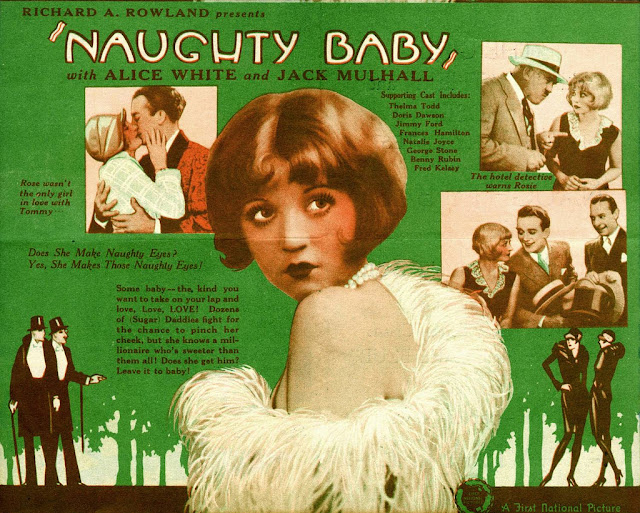
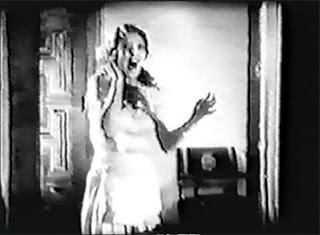


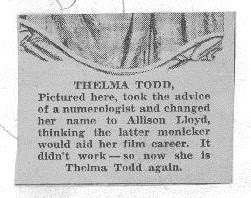



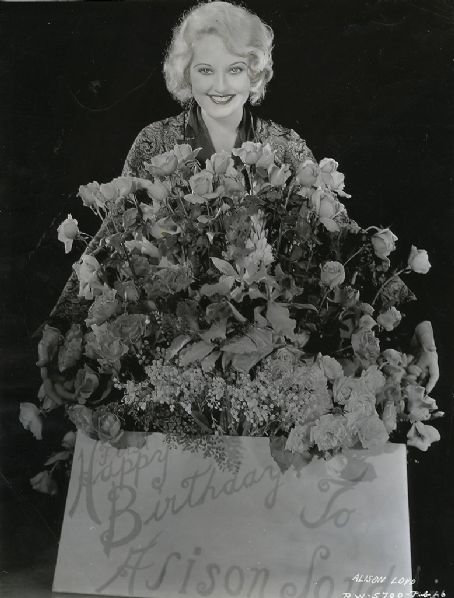


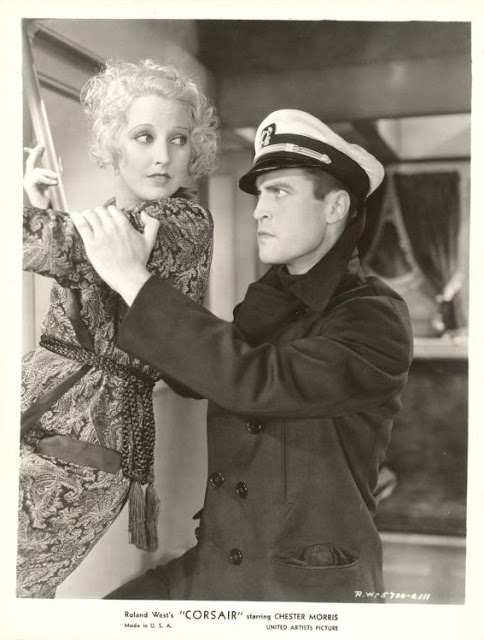

.jpg)




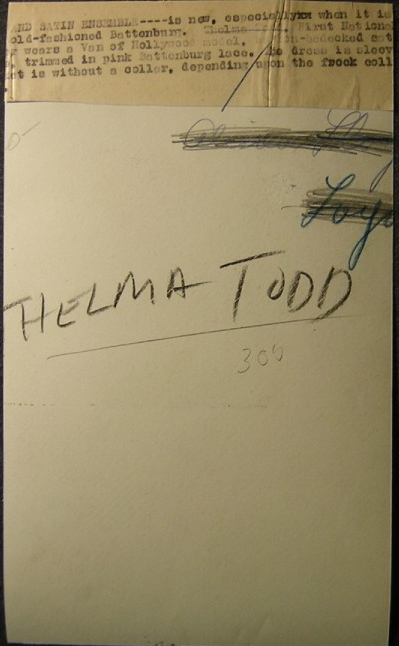









cBQmc9R7ecQ~~60_57.jpg)
















